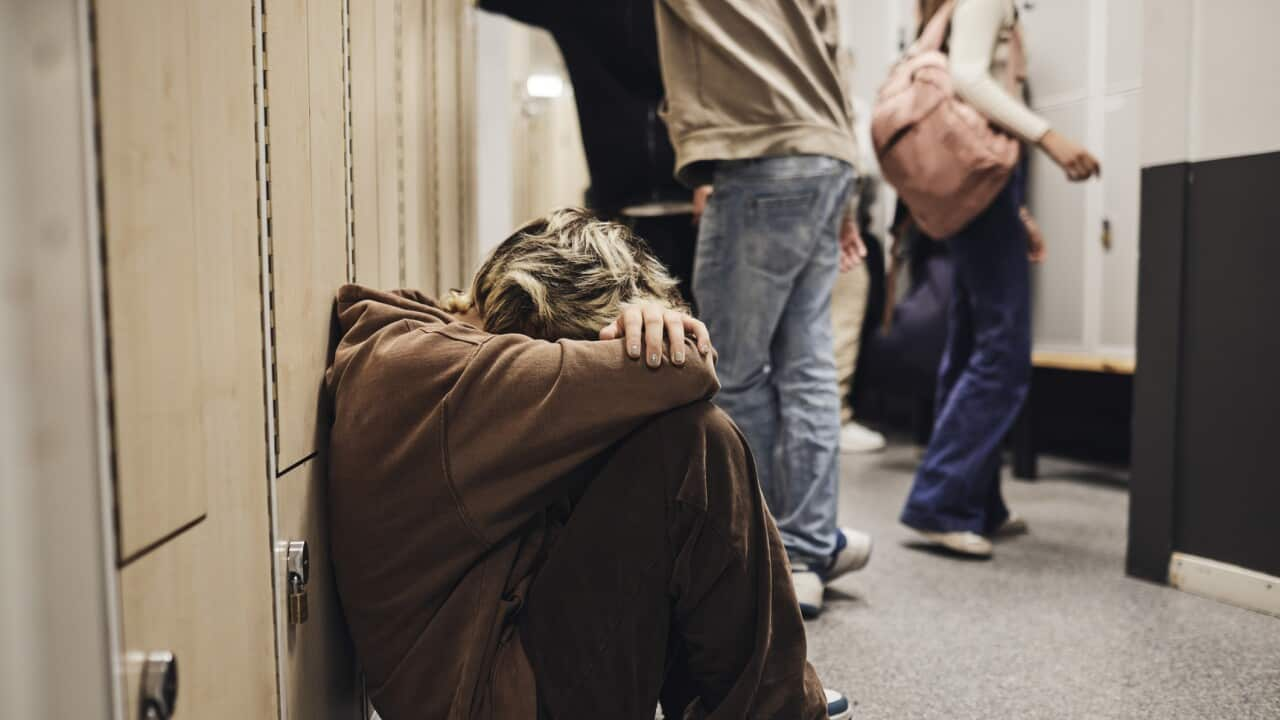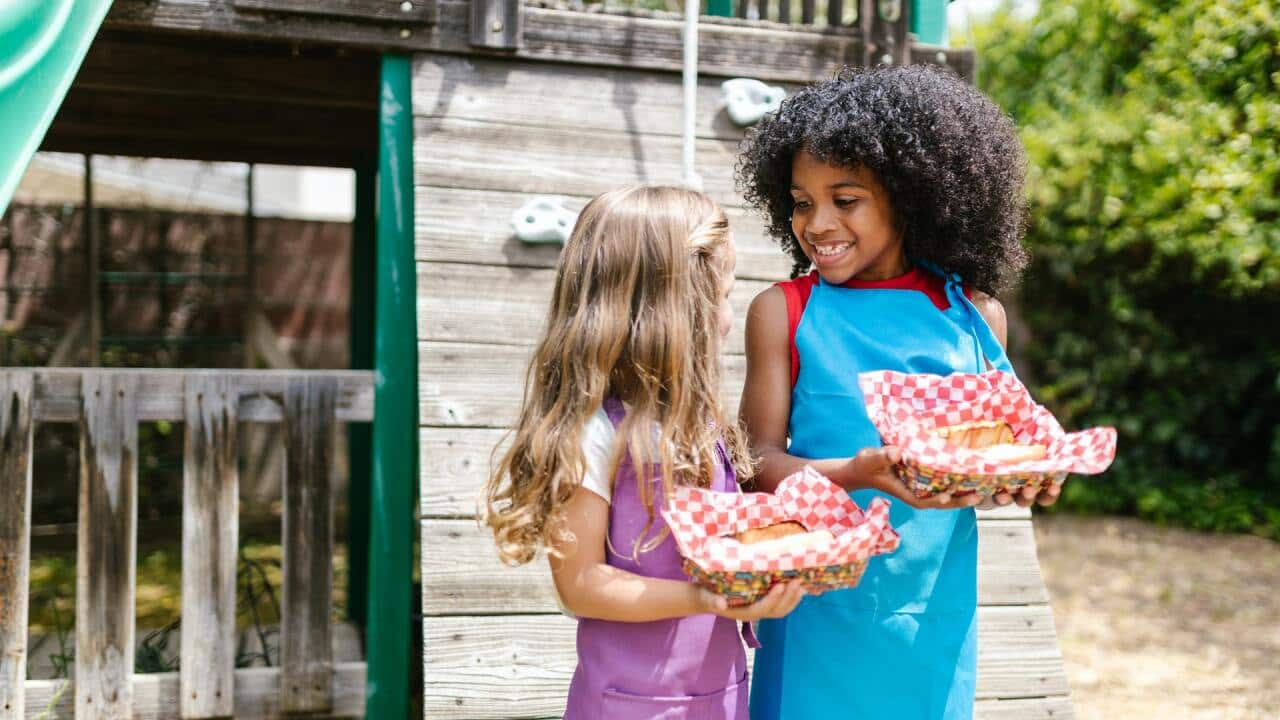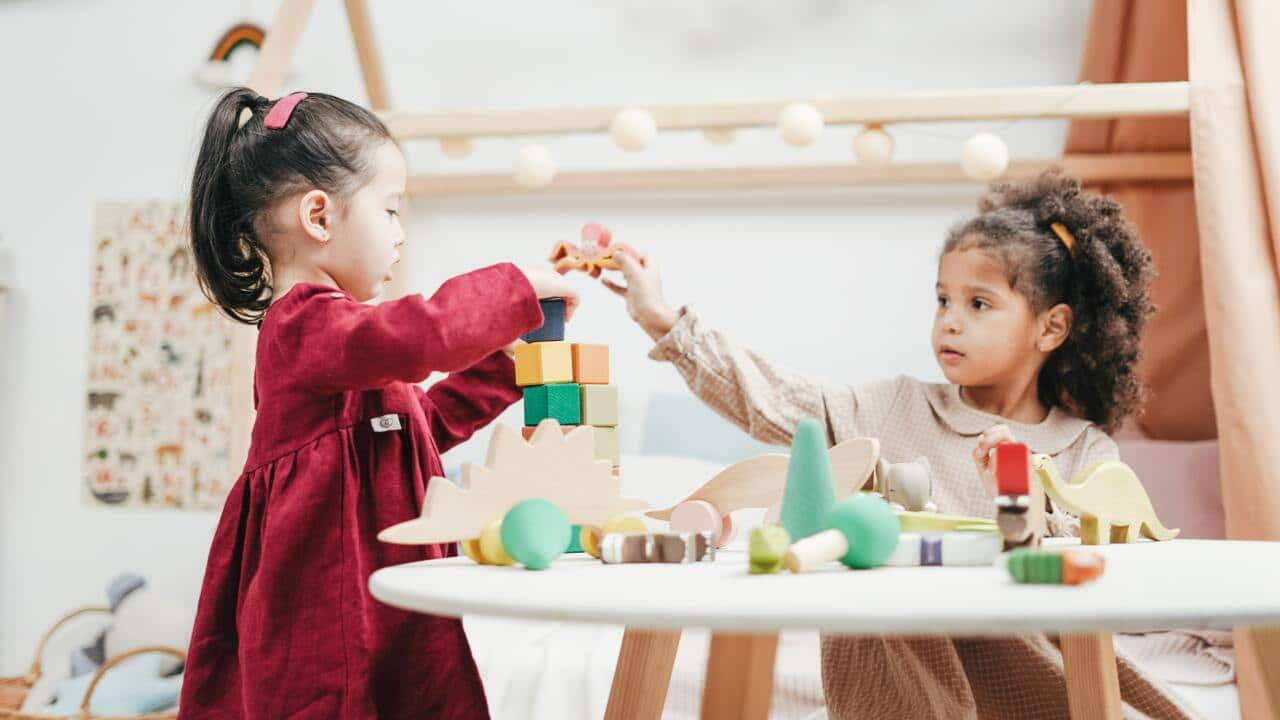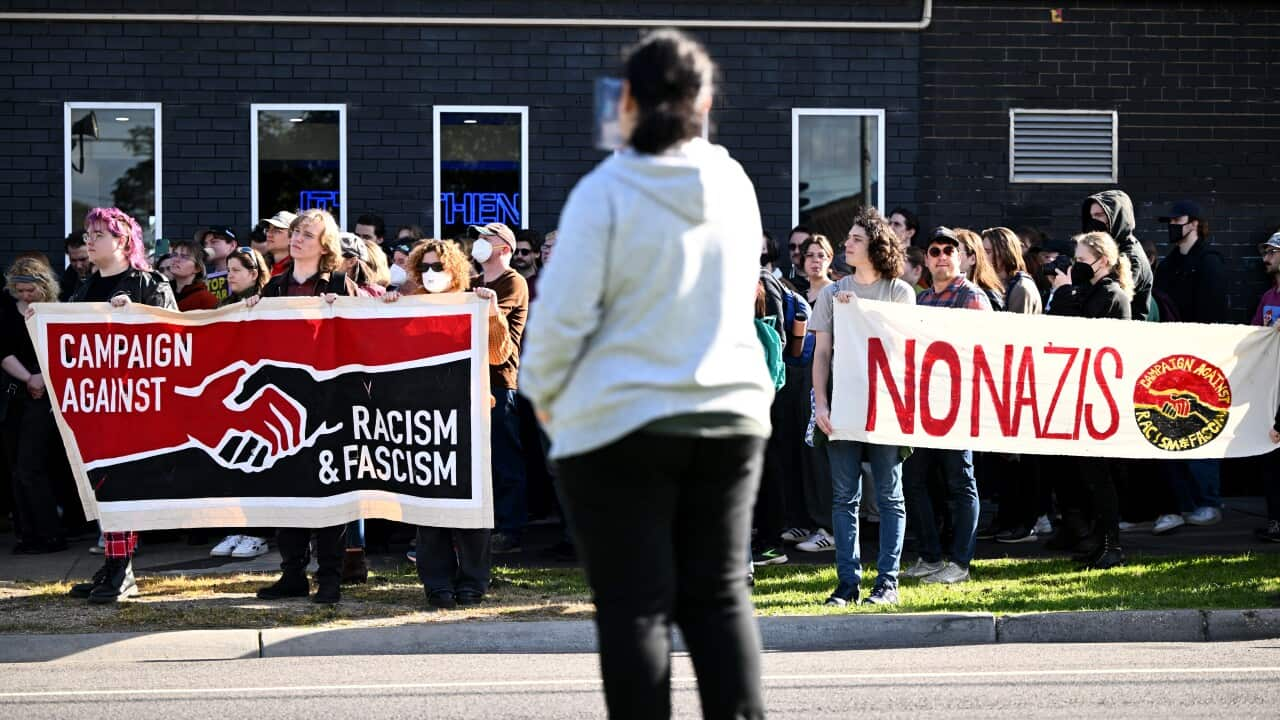Key Points
- O sauaga e mafai ona faia e ni tagata se to'atele, ma o nisi o taimi, o le taufa'alili ma talasua, e ono afaina ai lagona ma le maloloina o isi tamaiti.
- Ua faatulagaina i a'oga auala e puipuia ai le fanau mai soo se itu'aiga o sauaga.
- E mafai ona lipotia tagata e faia sauaga i luga o le 'upega tafa'ilagi i Ausetalia.
Na fa'aalia e Dr Deborah Green o le University of South Australia, e faatusa i le 25 pasene o tamaiti a'oga i Ausetalia i Vasega 4 i le Vasega 9, o loo lipotia le a'afia i faiga saua a isi tamaiti i vaiaso ta'itasi.
Ua iloa o faiga saua nei e a'afia ai tamaiti o soo se matua ma e 'umi se taimi e afaina ai se tagata i lona olaga ona o nei sauaga.
“Bullying's been reported to cost society 2.3 million Australian dollars, which is incurred while the child is at school and 20 years after they've graduated,” na saunoa ai Dr Green.
("E faatusa i le $2.3 miliona le tau i lafoga ma tagata lautele o a'afiaga mai sauaga nei i le taimi o a'oga se tagata e au i le 20 tausaga talu ona i'u mai a'oga").
“But more importantly, this behaviour has significant negative impact on a person's mental health, quality of life and general well-being, for years after graduation.”

In recent research, Australian children reported that hurtful teasing was the most common bullying behaviour that they experienced, followed by having hurtful lies told about them. Credit: FatCamera/Getty Images
O a faiga saua ma sauaga i le 'upega feso'ota'i?
Na saunoa Dr Green, e le faigofie ona faamatala amioga saua, aua o nisi faa'upuga taufa'alili e ono kolosi ai le laina.
“If we look at the current Australian definition for bullying, it states that it is an ongoing and deliberate misuse of power in relationships through repeated verbal, physical and/or social behaviour that intends to cause harm, whether that be physical, social and or psychological.”
("A silasila i le faauigaina o le 'bullying' faiga saua i Ausetalia, o loo faapea mai o le fa'aauau ona fa'amalosi ma faifai e auala i lafoga, faaoolima ma/poo amioga faaalia ma le faamoemoe e faao'o ai se fa'atiga i le tino ma/poo le mafaufau").
“But we need to be a little bit careful because when that sort of behaviour causes harm to the person that is experiencing it and it's ongoing, it sort of crosses the line and becomes bullying.”
E avea ma faiga saua pe a faa'umi'umi ona faia ma a'afia ai le tagata o loo faasinotonu iai amioga faapenei.

Cyberbullying may escalate to fake impersonating accounts, threats of violence and even sexually explicit content generated using AI (Artificial Intelligence) technologies. Credit: fcafotodigital/Getty Images
Lipotia o faiga saua i luga o le 'upega feso'ota'i
O le alii o Paul Clark o le faatonu i mata'upu i a'oga (Education, Prevention, and Inclusion) i le Komisi o puipuiga i le 'upega feso'ota'i, , le itutino o loo gafa ma le lagolagoina o tagata e sauaina i luga o le 'upega feso'ota'i.
Na ia faamatalaina o le taimi e maua ai e le au su'esu'e a le eSafety ripoti o ni faiga saua i luga o le 'upega feso'ota'i, latou te muamua ona iloiloina faamatalaga o loo aofia ai.
“I can give you an example where there was a young boy we helped out whose parents reported a series of posts, and anonymous accounts that were mocking their son's love of buses. From afar, something like that seems very trivial, but context is key. And this boy was living with disability and was experiencing a broad pattern of online abuse"
Na mafai ona to'esea faamatalaga ma lafoga nei mai luga o le 'upega o feso'ota'iga i le faatonuga a le komisi.
Auala o puipuiga
E iai se taumafaiga o loo galulue faatasi ai Dr Green ma Dr Carmel Taddeo e faaigoaina o le , ma o loo fesoasoani i a'oga i le atunuu i auala e puipuia ai le fanau mai faiga saua i luga o le 'upega feso'ota'i.

School policies vary, but every school is expected to have bullying prevention strategies, reporting procedures, and provide support to affected students. Source: Moment RF / Natalia Lebedinskaia/Getty Images
“Generally, information will be collected and documented to establish how best to intervene and what is needed to ensure the safety and well-being of the students, and students may be referred to specialist supports and services.”
O a ni mea e mafai e matua ona latou faia?
Faatulaga se talanoaga ma le a'oga pe faaulu se faasea i le a'oga, pe a le taliaina fautuaga i auala e fo'ia ai le faafitauli, pe ona o loo fa'aauau pea faiga ma amioga saua.
“Now, if a student or parent-carer is not happy with the steps taken by a school, they can call their education department’s complaints management line.”
“Bullying can also be illegal and the website can provide young people with useful, free and confidential legal advice about the topic,” saunoa ai Dr Taddeo.

If your child is engaging in bullying behaviours, ask them to explain the why without assigning labels, decide on appropriate consequences and explore opportunities at school and beyond for building their social and emotional skills, Dr Taddeo advises. Credit: triloks/Getty Images
Na saunoa Dr Taddeo e mafai ona amata i le faatulagaina o se feiloa'iga se fonotaga ma le faia'oga a le tamaititi.
“When meeting with school staff it's important to bring your notes in, explain what has happened, ask what specific steps will be taken and over what time period".
I amioga ma faiga saua i luga o le 'upega feso'ota'i, na fautuaina e Paula Clark o le eSafety:
“Take screenshots and record the URLs before helping the child to mute or block the accounts.
“If you report it to the platform where the bullying is happening and the platform fails to act, by reporting it to , we've got those powers that require the removal of any seriously harmful content.”
("Pu'e muamua se ata (screenshot) o lafoga saua, ma a uma ona ripoti i le itulau na faia ai le amioga saua ae le tali mai, logo le , e mafai ona latou faamalosia le ave'esea o fe'au ma lafoga saua i luga o le 'upega feso'ota'i").

Children can respond by walking away, using humour to deflect, or ignoring the person exhibiting bullying behaviour, but these are only short-term strategies, Mr Kendall explains. Credit: FangXiaNuo/Getty Images

Children may not always give an honest answer over bullying, but acknowledging the experience is an empowering step, Mr Kendall explains. “If they can voice it to you themselves, that's going to help them feel more in charge.” Credit: triloks/Getty Images
- For a list of school authorities and bullying prevention and response policy links for each jurisdiction visit
- For cyberbullying information and support visit For in-language resources visit
- Kids Helpline is Australia’s free confidential 24/7 online and phone counselling service for young people aged 5 to 25. Call 1800 55 1800 or visit to find support or speak to a counsellor.







